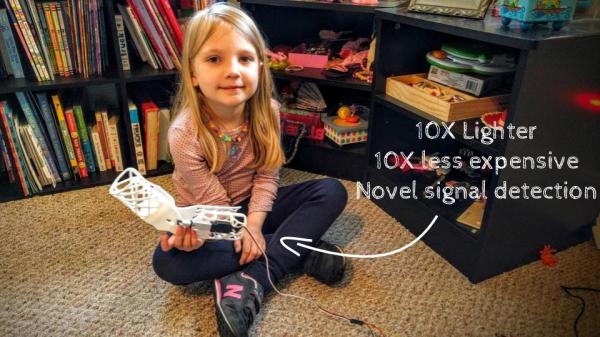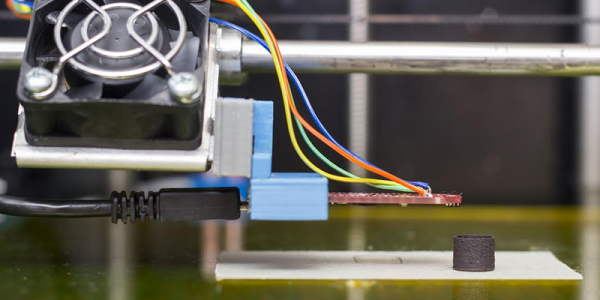Bodo Hoenen and his family had an incredible scare. His daughter, Lorelei, suddenly became ill and quickly went from a happy and healthy girl to one fighting just to breathe and unable to move her own body. The culprit was elevated brain and spinal pressure due to a condition called AFM. This is a rare polio-like condition which is very serious, often fatal. Fortunately, Lorelei is doing much better. But this health crisis resulted in nearly complete paralysis of her left upper arm.
Taking an active role in the health of your child is instinctual with parents. Bodo’s family worked with health professionals to develop therapies to help rehabilitate Lorelei’s arm. But researching the problem showed that success in this area is very rare. So like any good hacker he set out to see if they could go beyond the traditional to build something to increase Lorelei’s odds.
What resulted is a wearable prosthesis which assists elbow movement by detecting the weak signals from her bicep and tricep to control an actuator which moves her arm. Help came in from all over the world during the prototyping process and the project, which was the topic of Bodo Hoenen’s talk at the Hackaday SuperConference, is still ongoing. Check that out below and the join us after the break for more details.
Continue reading “This DIY Wearable Assist Goes Beyond Traditional Therapy”

















